Flush feeding: An effective feeding practice in sheep farming.
by JW Van Niekerk, Independent
Reviewed and updated by Johan Loubser, Ruminant Specialist
Two aspects that can have a major impact on the effectivity and profit of sheep farming, are an increase in conception rate and fecundity of the breeding flock. Flush feeding of sheep is a feeding practice that can be used, under certain circumstances, to increase the lambing percentage and profitability of a sheep farm.
It is well known that animal condition plays a vital role at the start of the breeding season. Nutrition (especially flush feeding) during this phase has an important objective – to ensure that the greatest number of ewes reach oestrus, that ovulation rate (ovum secretion) is maximised, and that most ova are fertilised, implanted and developed into viable foetuses to maximise lambing percentage.
Adjustment in nutrition
Flush feeding is the term used to describe an adjustment in the level of nutrition of ewes (and rams) before the start of the breeding season, with the aim of increasing the condition score and weight of the animals.
Ewes normally get little to no supplements for a period prior to breeding which may cause weight loss. Normally, before breeding, ewes move to better quality grazing and given an additional flush lick three weeks prior to mating to quickly regain their weight lost. However, research showed that ovulation and conception rates decrease when ewes lose excessive weight shortly before the flush feeding phase and should be avoided at all costs.
Research indicated that the level of nutrition three weeks prior to breeding only has a significant impact if the ewes are not in optimal condition. The goal should be to get ewes into ideal condition (condition score or CS of 3,5) during breeding to ensure an optimal ovulation rate, and thus a high lambing percentage. In addition, if ewes gain weight during breeding period, they are more likely to produce twins than those that maintain or lose weight.
Higher lambing percentage
An increase in ovulation rate is already noticeable when ewes start on flush feeding four days prior to breeding. However, best results are observed in ewes that start with flush feeding at least 21 days prior to ovulation, which is then continued for the duration of the mating period. A good rule of thumb is for lambing percentage to increase by 1,5% for each kilogram of additional weight gain during the breeding period when condition scores are on the lower end.
Ewes in good condition during breeding require less supplementation during mid and late gestation, and especially during lactation, as the ewe can use her body fat reserves as energy. It is therefore of paramount importance that profitable sheep farming enterprises keep their breeding ewes in the desirable body condition (CS 3,5) during breeding.
Sperm production in rams
Do not forget the contribution rams make towards ensuring a high lambing percentage. Flush feeding can help maximise testes size/volume as well as sperm production. Good nutrition for a period of at least two months prior to the start of the breeding season can double sperm production. Be careful of feeding excessive amounts of grain to rams (over conditioning), as it can adversely affect fertility (sperm quality) due to excessive fat deposits in the scrotum, which also limits heat exchange.
Breeding rams should receive well balanced protein/energy rations, especially with a higher level of bypass protein, to maximise testes growth and sperm production, as roughly 50% of the dry sperm material consists of protein.
For optimum results, make sure ewes and rams are in ideal condition before start of the breeding season. Flush feeding is a helpful feeding practice for sheep that to ensure optimal CS and weight gain before and during the breeding period, thereby maximising lambing percentage on farm.
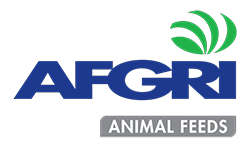
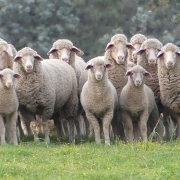
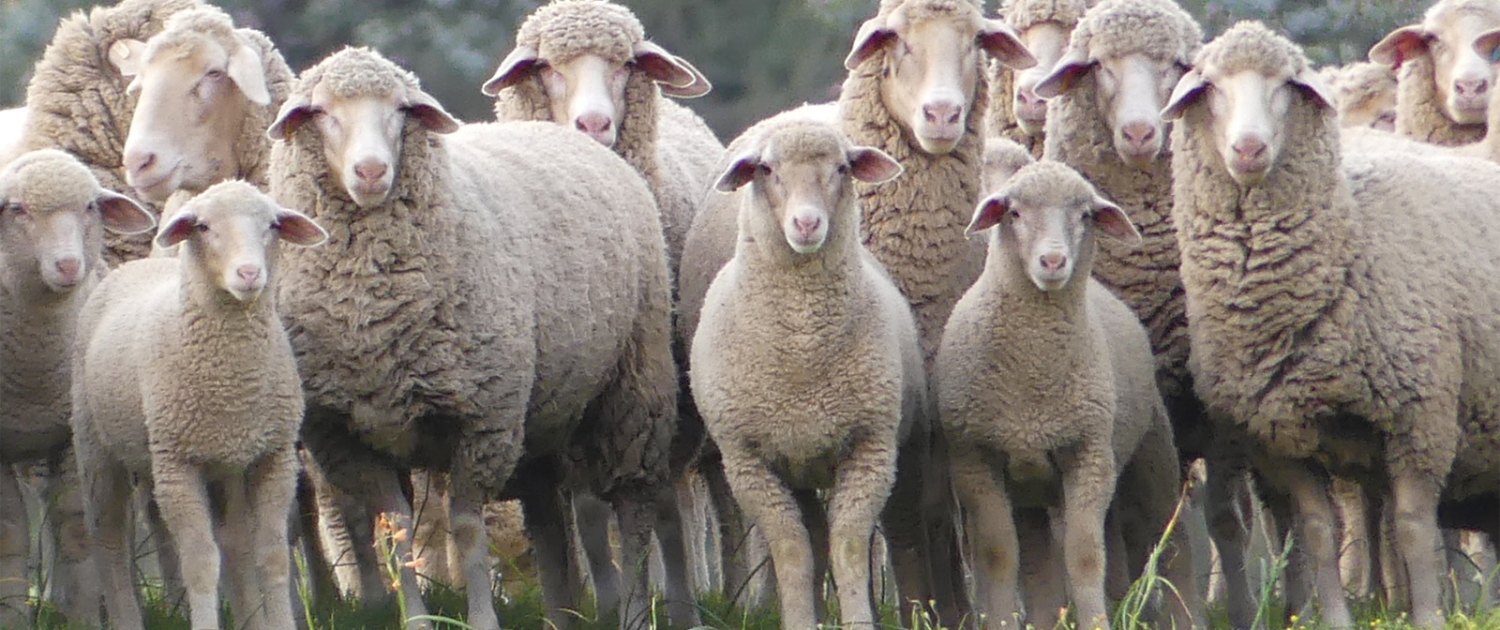

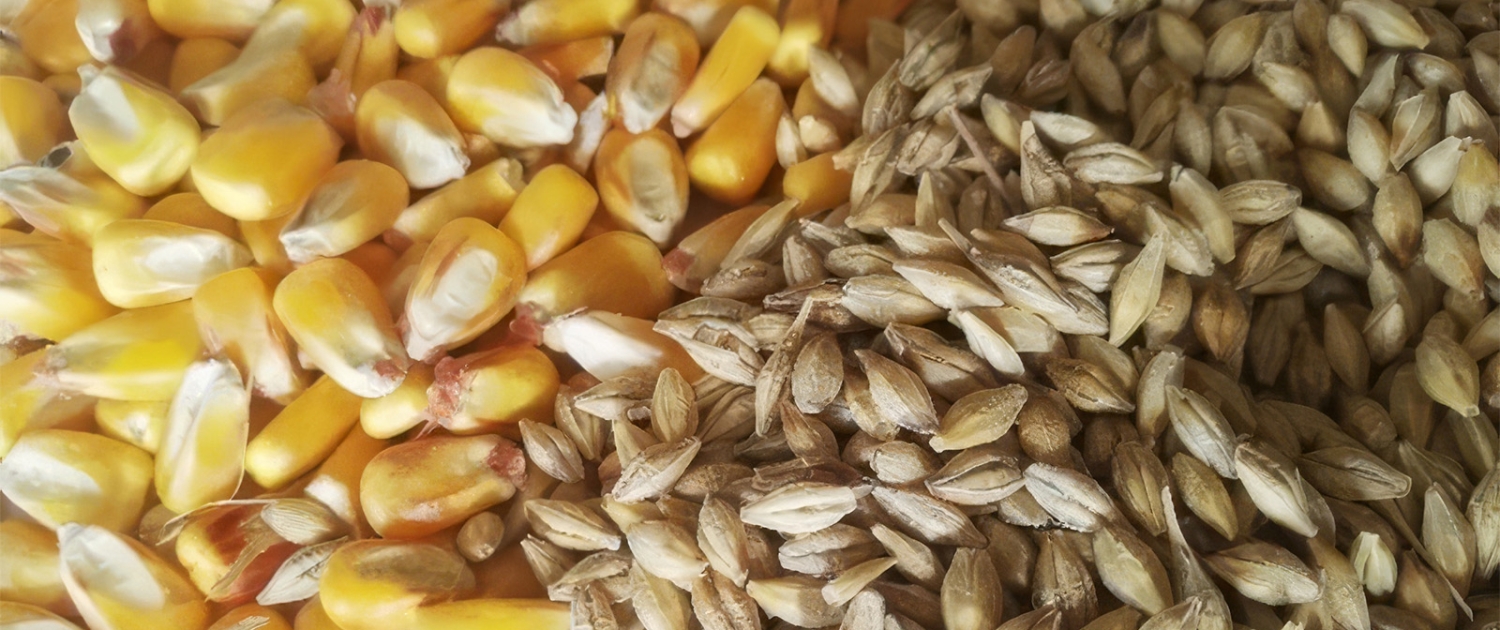




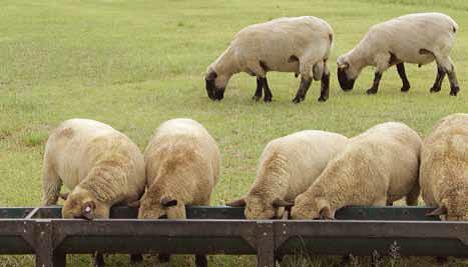


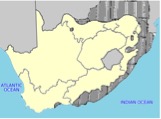
.png)